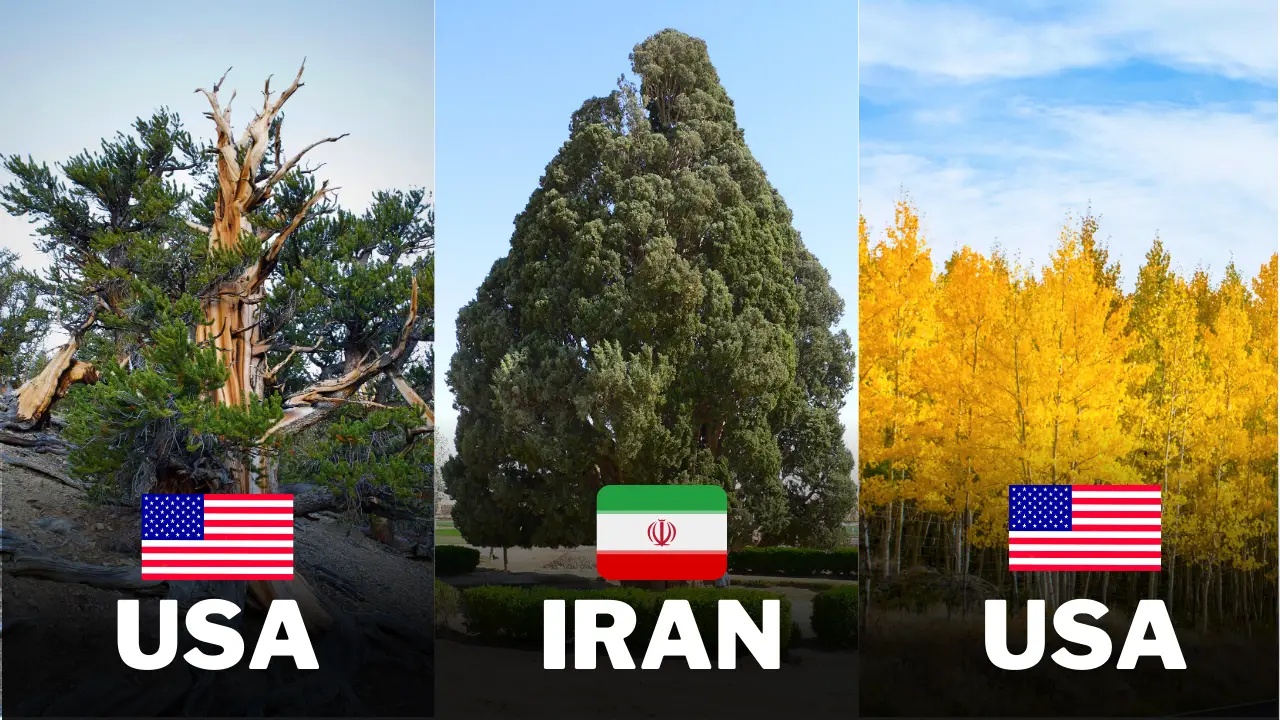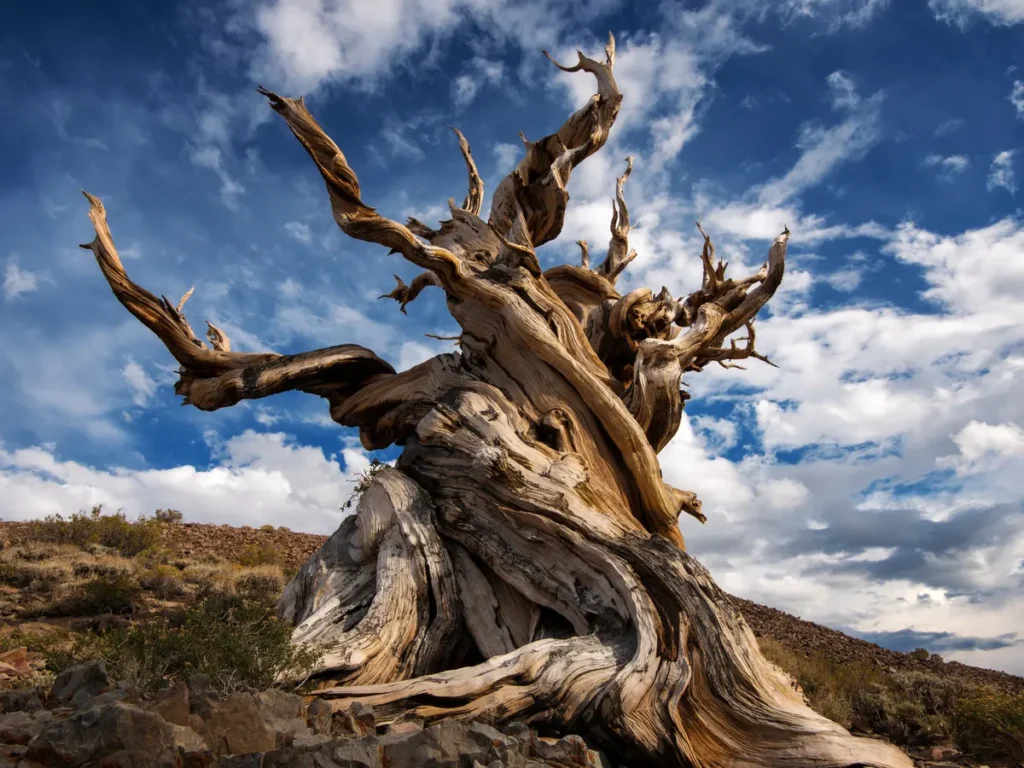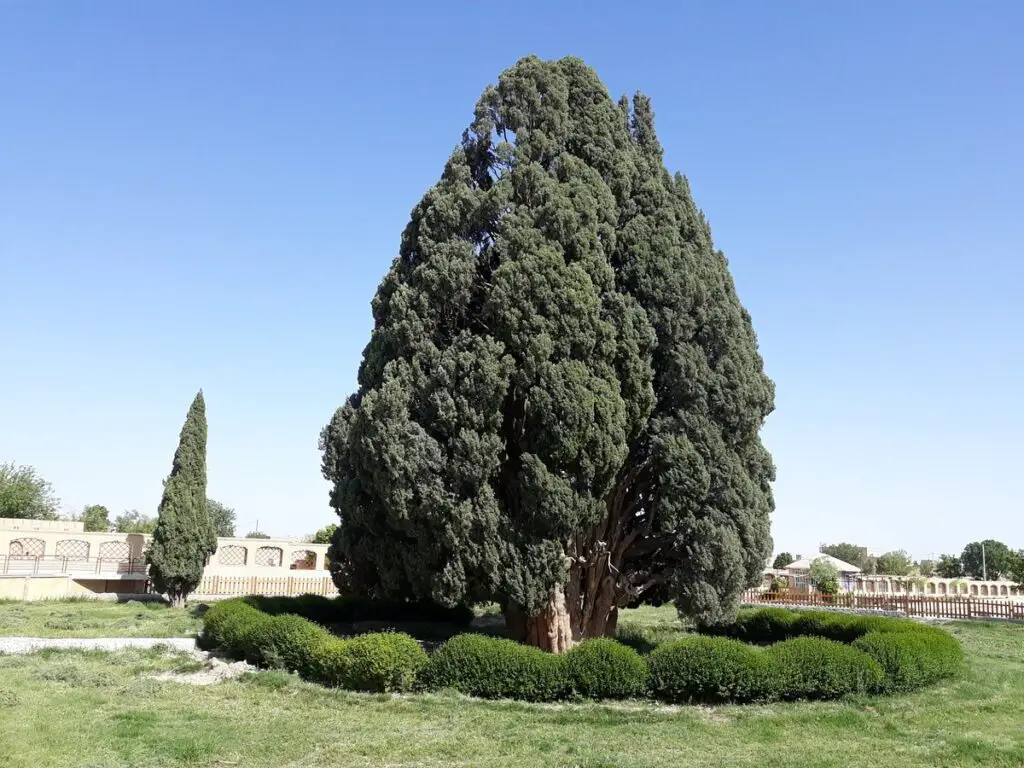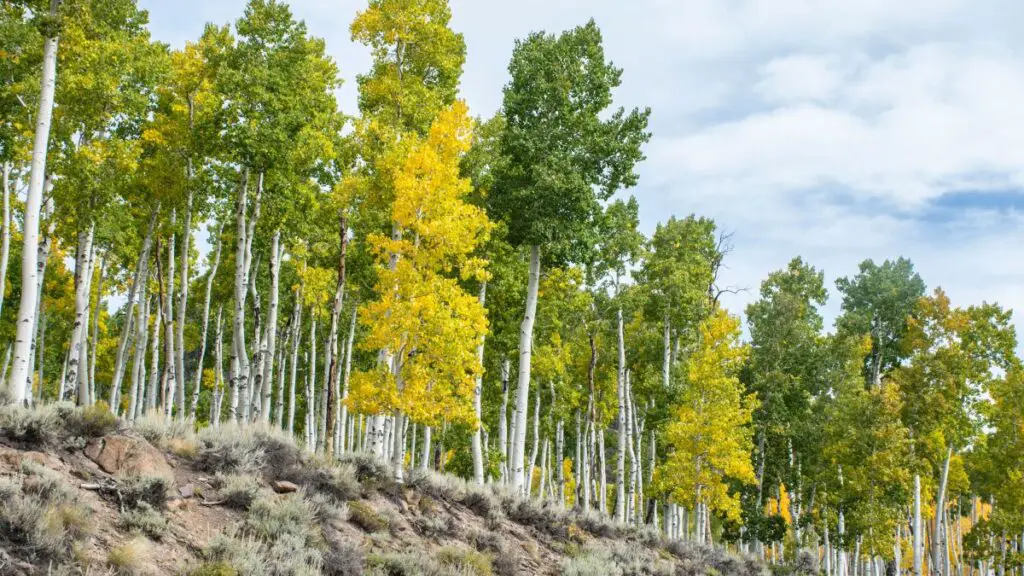Uncovering the Secrets of the World's Oldest Trees

Have you ever wondered what was happening on our planet thousands of years ago? Well, some trees have witnessed it all, surviving through the rise and fall of civilizations, climate changes, and even ice ages.
These ancient beings are true living monuments to the resilience of life on Earth, and their stories are equally fascinating.
In this blog post, we’ll uncover the secrets of the world’s oldest trees, including the renowned Methuselah Tree, the culturally significant Cypress of Abarqu, and the remarkable Pando – a single organism that’s older than humanity itself.
The Methuselah Tree: A Testament to Longevity

At 4,854 years old, the Methuselah Tree holds the title of the oldest non-clonal tree on our planet. This ancient Great Basin bristlecone pine (pinus longaeva) is found in the White Mountains of eastern California, with its exact location kept secret for its protection.
The Methuselah Tree has defied the odds, thriving in the harsh, high-altitude desert environment through a series of remarkable adaptations.
Its dense, resin-filled wood and ability to survive with just 10% of its bark have allowed it to endure even the harshest conditions.
Imagine, this tree was already over 2,000 years old when the pyramids of Giza were being constructed – a true witness to the rise and fall of civilizations.
The Cypress of Abarqu: A Symbol of Life and Beauty

Shifting our focus to Asia, we find the Cypress of Abarqu, also known as the Sarv-e Abarkuh, in the Iranian city of Abarkuh.
Estimated to be between 4,000 and 5,000 years old, this ancient cypress tree (Cupressus sempervirens) holds significant cultural and historical significance in Iranian poetry and carvings. According to legend, it was even planted by the ancient prophet Zoroaster himself during his travels, making it a symbol of life and beauty.
The “Zoroastrian Sar” has been an integral part of Iranian history and culture, featuring in ancient carvings at Persepolis, the ceremonial capital of the Achaemenid Empire. Its origins may be shrouded in mystery, but its enduring presence has made it a true icon of the region.
Pando: The “Trembling Giant” Older than Humanity

But what if I told you there’s a single organism that’s even older than these ancient trees? Meet Pando, the “Trembling Giant” – a clonal colony of quaking aspen (Populus tremuloides) in Utah’s Fishlake National Forest.
Unlike the other entries on this list, Pando is not a singular trunk with branches, but rather a vast network of genetically identical stems connected by an underground root system.
Spanning a massive 106 acres and weighing a staggering 13.2 million pounds, Pando is estimated to be between 80,000 and 1 million years old – potentially older than humanity itself!
This incredible organism has survived through ice ages and environmental changes, truly earning its place as one of the oldest living things on our planet.
Threats and Conservation Efforts

While these ancient trees are living monuments to the resilience of life on Earth, they also face threats from diseases, overgrazing, and human activities.
Pando, for instance, is shrinking in response to various threats, including over-grazing and three diseases that commonly plague aspen trees. Thankfully, organizations like the Friends of the Pando and the Forest Service are working together to protect this incredible organism.
Similarly, efforts are underway to safeguard the Methuselah Tree and other ancient bristlecone pines by keeping their exact locations a closely guarded secret.
By appreciating and protecting these natural wonders, we can preserve the secrets of our planet’s past and ensure their survival for generations to come.
The world’s oldest trees are more than just ancient beings – they are living repositories of our planet’s history, reminding us of the incredible resilience of life on Earth.
Share this blog post and spread awareness about these remarkable ancients, for they hold the keys to understanding our past and shaping a sustainable future for all.




